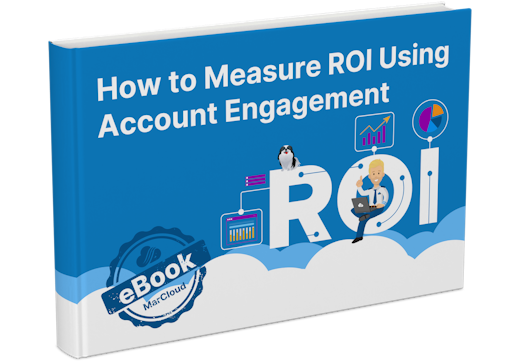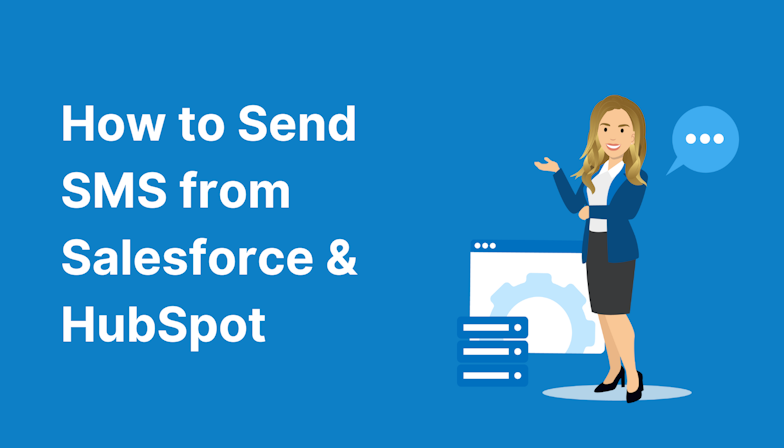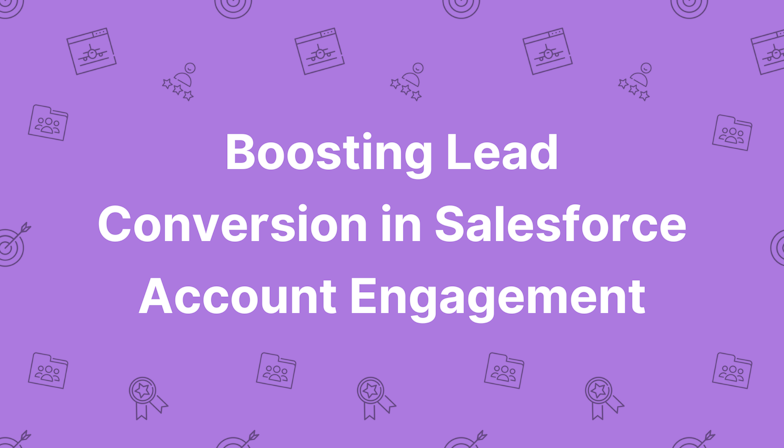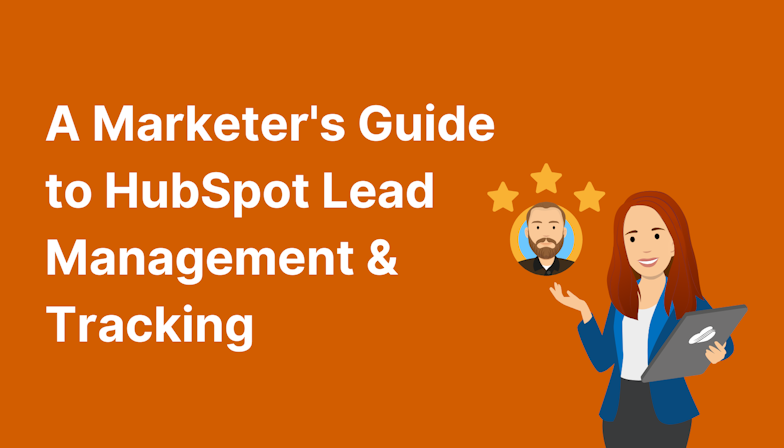At MarCloud, we built our own framework specifically for Salesforce Marketing Cloud and HubSpot customers who want to move away from unruly accounts and unreliable reports. The MarCloud ROI Framework is a five-stage model that ensures every automation project is rooted in strategy and built to deliver measurable ROI.
The five strategic stages:
This is the foundation: getting your systems talking to each other, ensuring your data flows cleanly, and setting up Marketing Cloud / HubSpot Marketing Hub correctly from the start. A technically sound setup saves countless hours in troubleshooting later on.
Once your systems are connected, we focus on making your data usable. That means creating meaningful segments, understanding audience behaviour, and establishing a single view of the customer. Without data readiness, campaign optimisation isn’t possible.
With your audiences well defined and your data clean, you can deliver tailored experiences that convert. We help you design and execute intelligent journeys that are timely, relevant, and aligned with business goals.
4. Reporting & campaign attribution
Measurement should never be an afterthought. We set up dashboards and reports that track performance across each campaign and journey, tying activity back to business results. Whether it’s pipeline value, campaign attribution or lead velocity, we ensure you know what’s working and what’s not.
5. AI-powered productivity
Finally, we leverage AI tools like Agentforce to streamline tasks, personalise experiences, and scale. Whether it’s predictive lead scoring or content generation, AI makes it easier to get better results with less effort.
Each stage is designed to work together, giving you full visibility and control over your marketing performance. And because MarCloud knows the tech, getting you from one stage to the next is far easier than if you were to go it alone.





